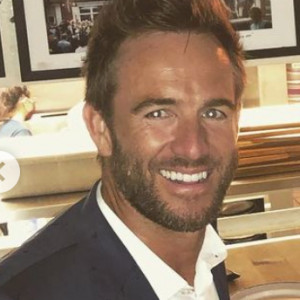Hi - has anyone done Victor Cheng's Liberty Healthcare case? For Question #7 I'm unsure why the 1% is multiplied by the net cost between Young & Healthy and Unhealthy ($34,000) to arrive at $340 per customer...
If you've done this case, and can explain the rationale, I would really appreciate it!
EDIT
Hey Ian - sorry about that! I hadn't included the question because it's a marathon case, so I was hoping someone might have already done it. But, here is the question:
In Florida, Liberty is interested in raising their monthly premiums above $1000 per month, but knows that increasing the premium cost will change the segmentation of customers who purchase healthcare plans. For every 1% increase in premiums, Liberty Healthcare’s customer segmentation will change from the baseline in the last question by increasing the percentage of ‘unhealthy customers’ by one percentage point, and decreasing the percentage of ‘young and healthy customers’ by one percentage point. The ‘old and healthy segment’ will be unchanged. For example, raising rates by 1% will change the expected customer segmentation to 65% young and healthy (- ‐1% from baseline), 17% old and healthy, and 18% unhealthy (+1% from baseline). How high could our client raise premiums before they are no longer charging enough in premiums to pay for expected medical costs?












